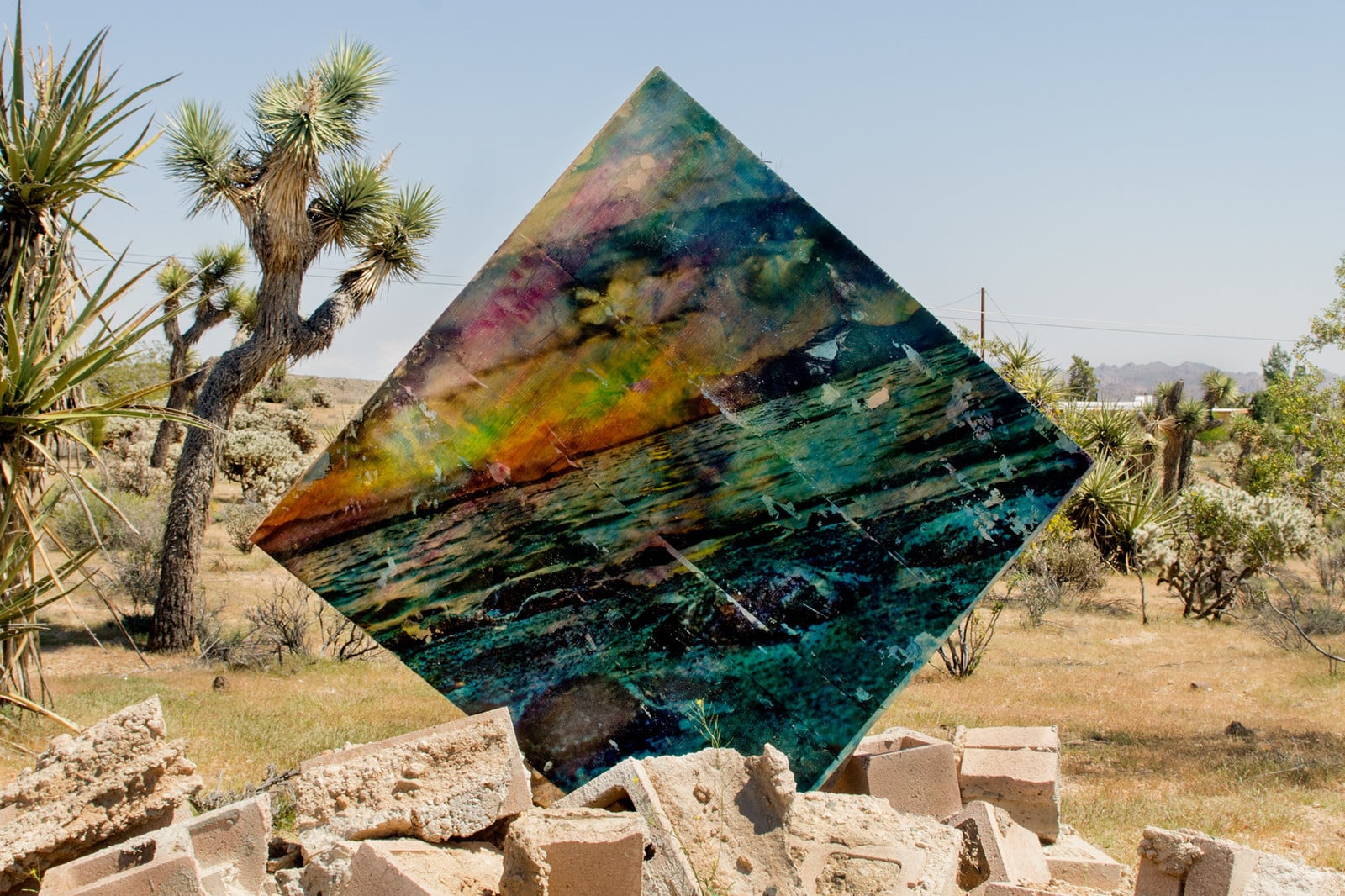Dans sa série Frontières//Facadesphotographe Charlotte Patterson utilise des images de clôtures et de murs pour explorer le concept de frontières, à la fois réelles et imaginaires. Des mailles de chaîne déchirées, des poteaux de clôture tordus et des trous rafistolés contrastent avec des murs colorés et des cieux d'un bleu éclatant, formant une série de photographies qui explore le fossé entre la perception et la réalité.
"Ce travail s'est développé au cours de l'hiver de cette année, alors que nous traversions en voiture le pays. Basse Californie du SudPatterson explique : "La notion de clôture est liée aux idées de barrières internes et aux idées implicites de sécurité que cela implique". "La notion de clôture est liée aux idées de barrières internes et aux idées implicites de sécurité que cela implique.
En concentrant son objectif sur des détails en gros plan des clôtures et des murs de ses images, Patterson ne précise pas de quel côté de ces barrières elle se trouve. Le spectateur ne sait pas si les barrières des images de Patterson tiennent le monde extérieur à distance ou si la photographe est piégée derrière elles. Les couleurs gaies et l'impression d'impermanence qui caractérisent les images de Patterson remettent en question la possibilité que ces barrières puissent créer une véritable sécurité.
En fin de compte, ces murs et ces clôtures ressemblent plus à des façades qu'à de véritables frontières ; le titre de cette série de Patterson réduit la différence entre ces deux concepts, soulignant le fait qu'une clôture n'est souvent guère plus qu'un panneau. Dans son sens de surréalité, le travail de Patterson rappelle les murs frontaliers tristement célèbres de l'histoire récente.
La proposition du président Trump de construire un mur entre le Mexique et les États-Unis est peut-être plus pertinente pour l'œuvre de Patterson, étant donné qu'elle a été créée au Mexique par un photographe américain. Les opposants ont souligné de nombreux problèmes liés à ce plan, du coût exorbitant évident aux questions d'efficacité. D'ailleurs, comme l'a souligné le photographe Patterson, la construction d'un mur n'est pas une mince affaire. Frontières//Facades suggère que la plupart des barrières ne sont pas vraiment permanentes. Les murs peuvent être escaladés, les clôtures peuvent être éventrées, les frontières peuvent toujours être franchies.
Voir plus de Charlotte PattersonLe travail de l'artiste sur son portfolio, réalisé à l'aide de la technologie Format.
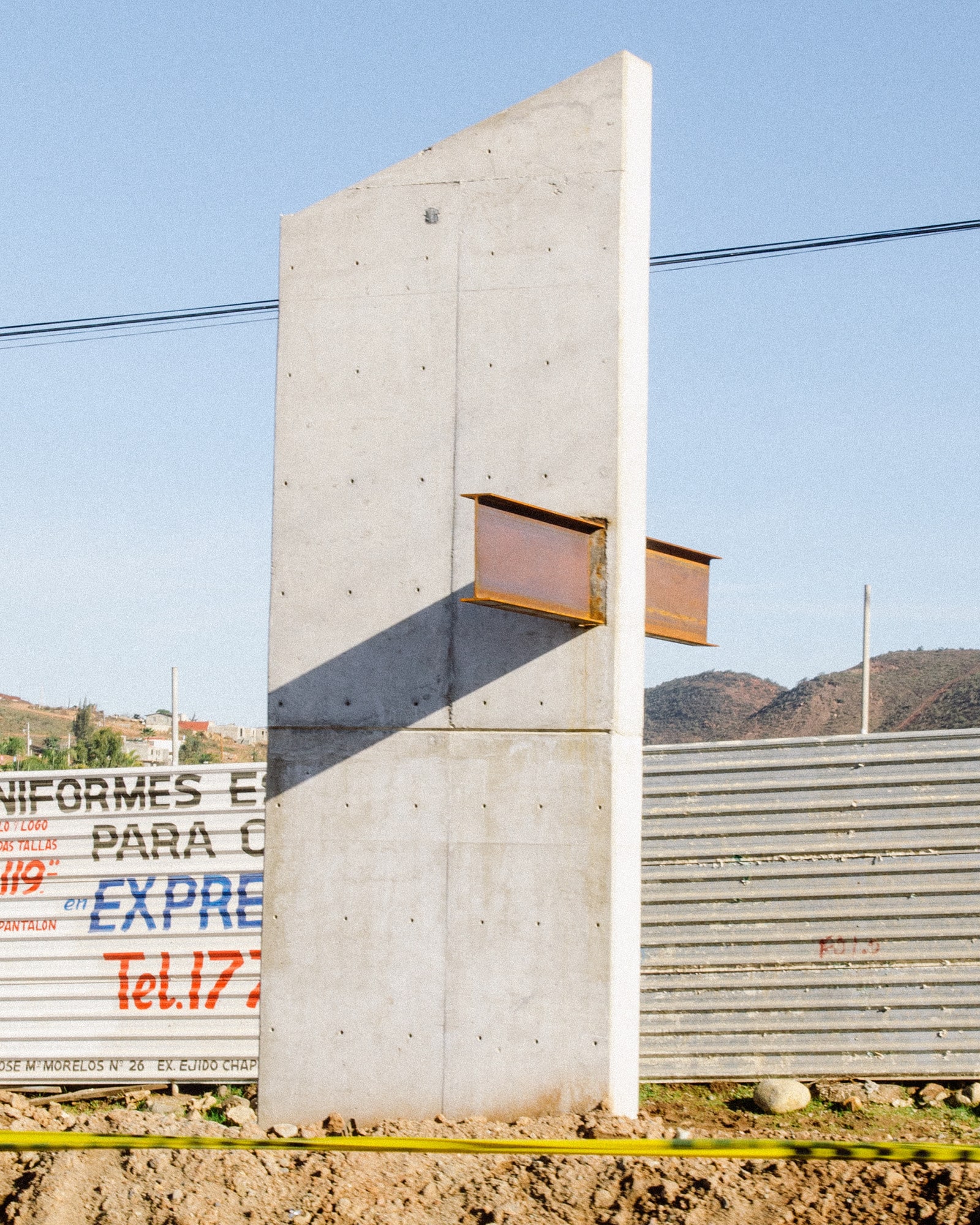
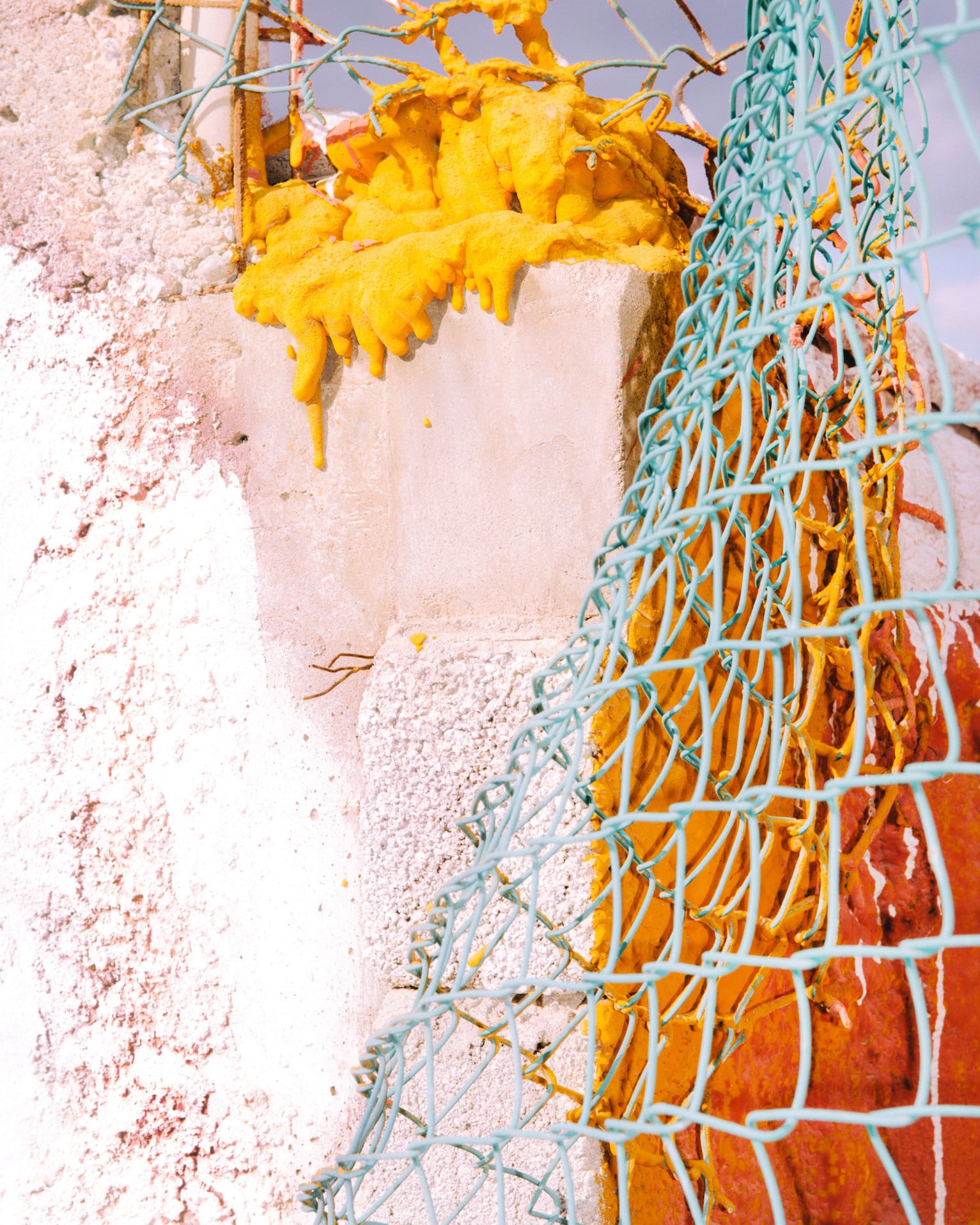
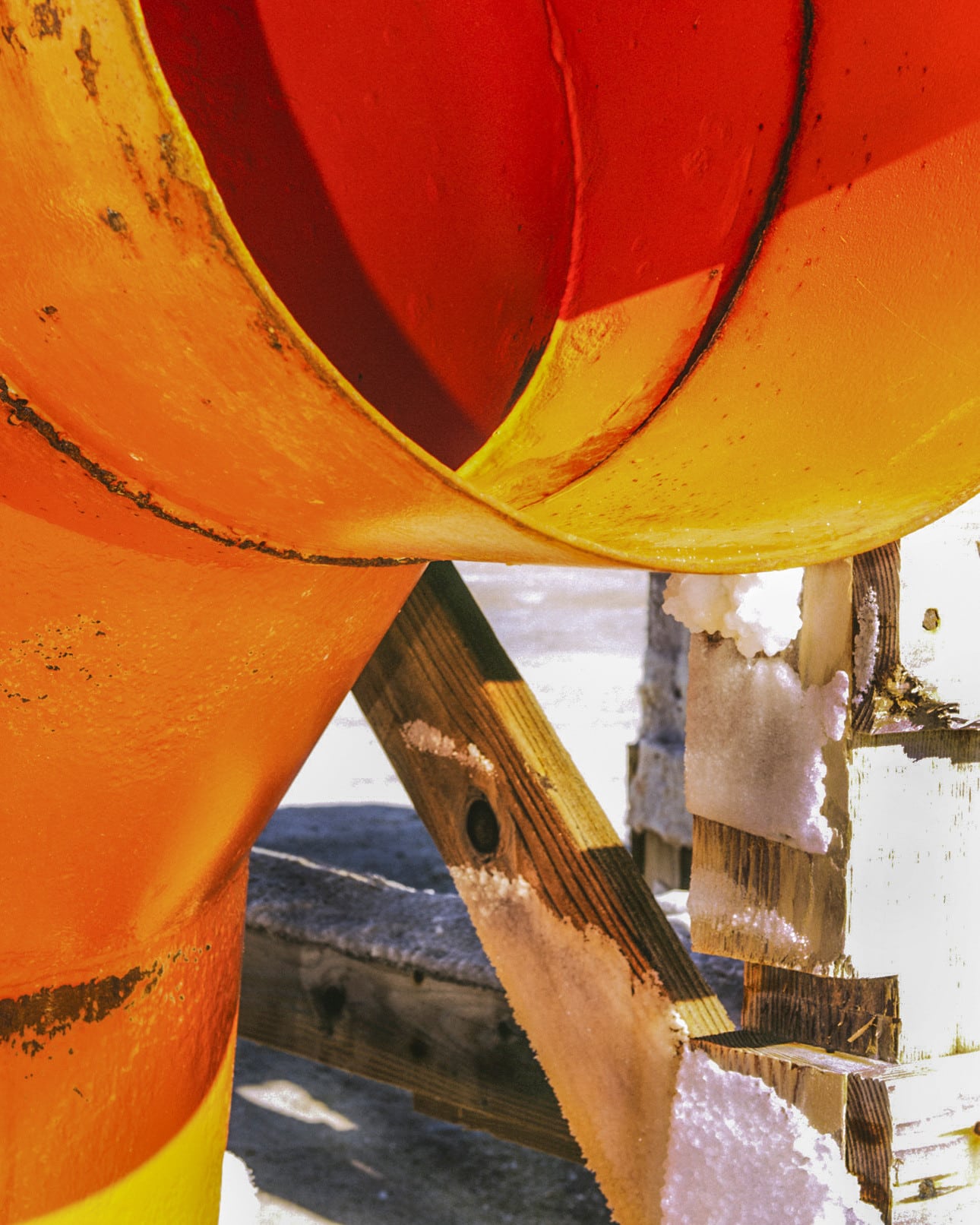
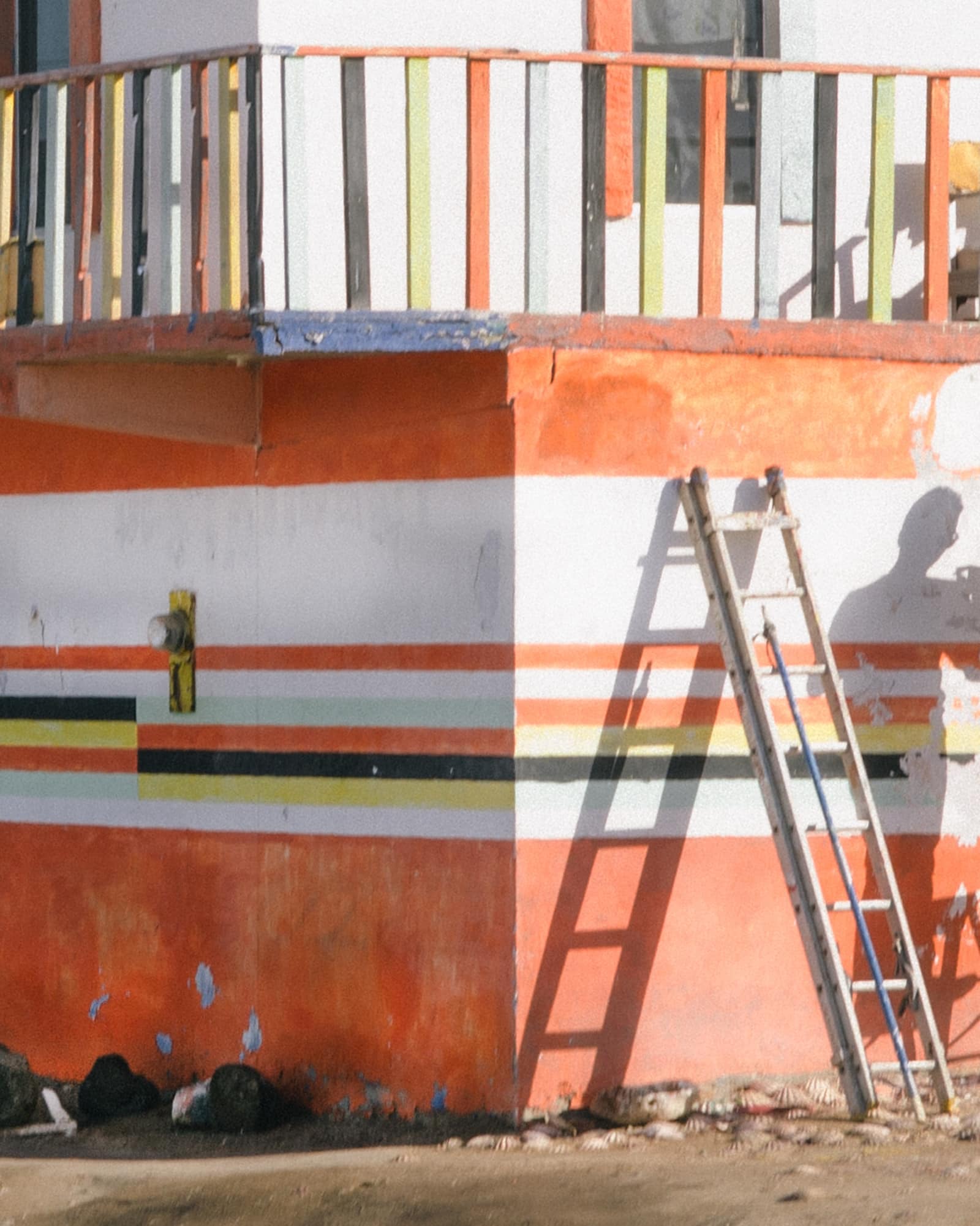
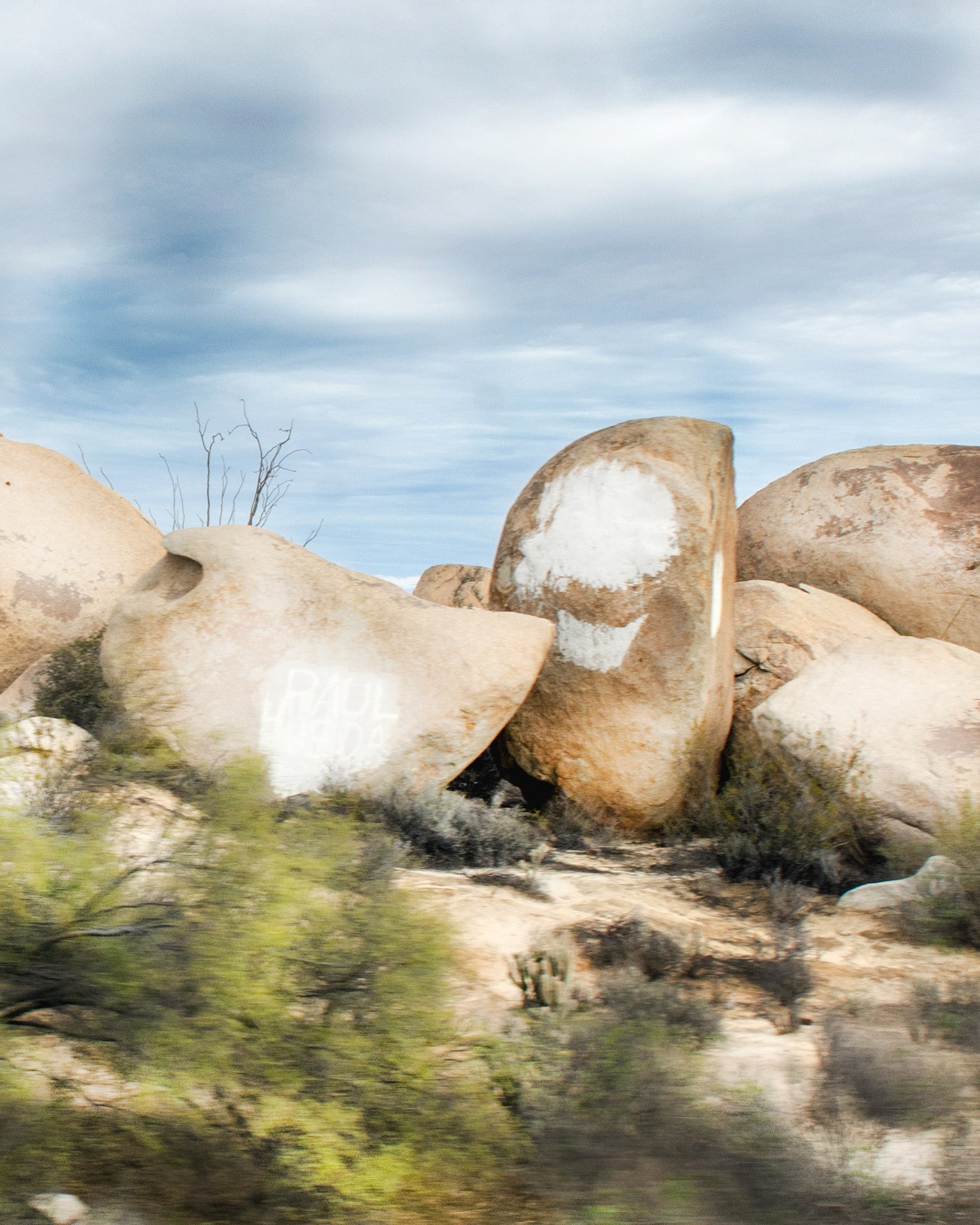
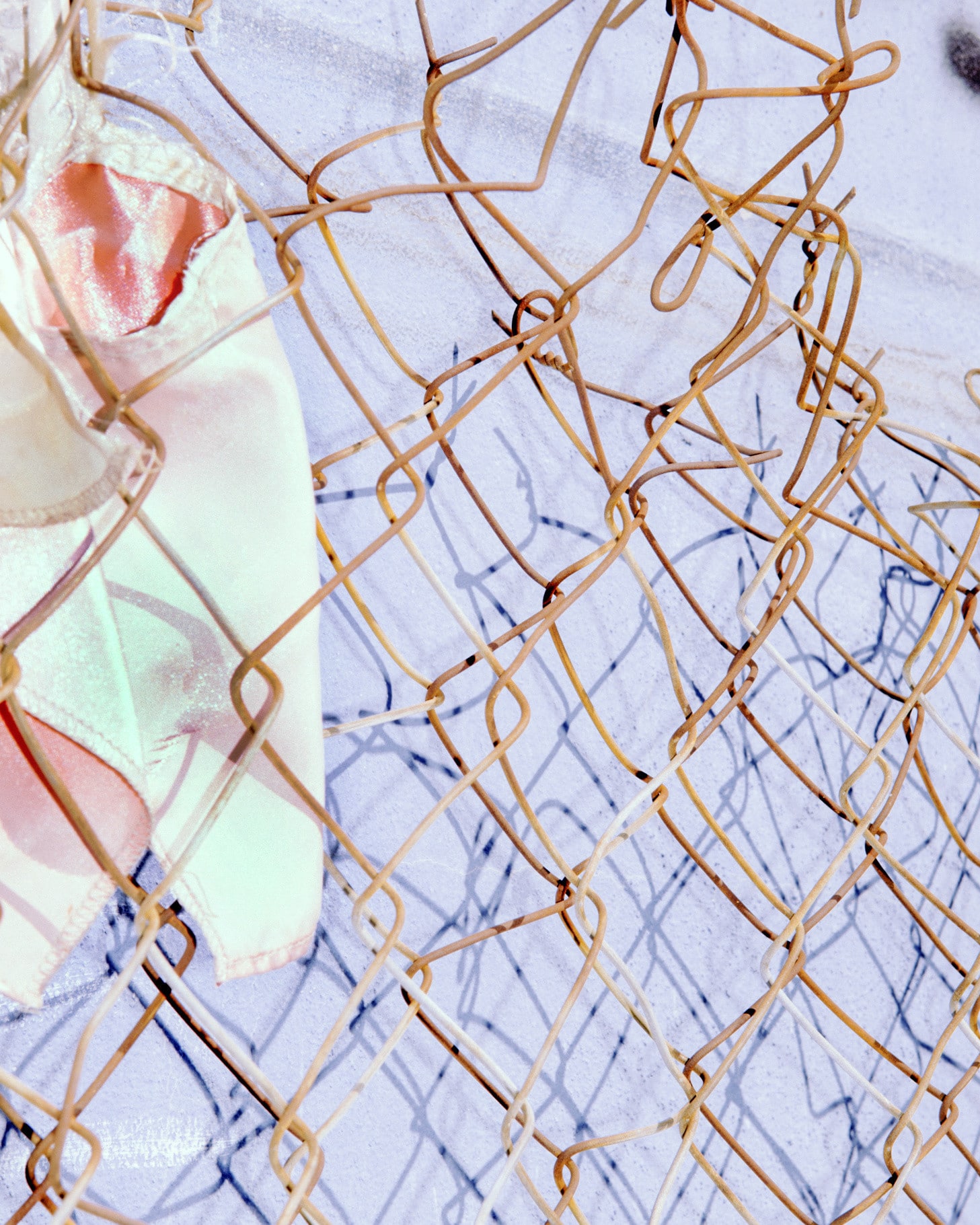

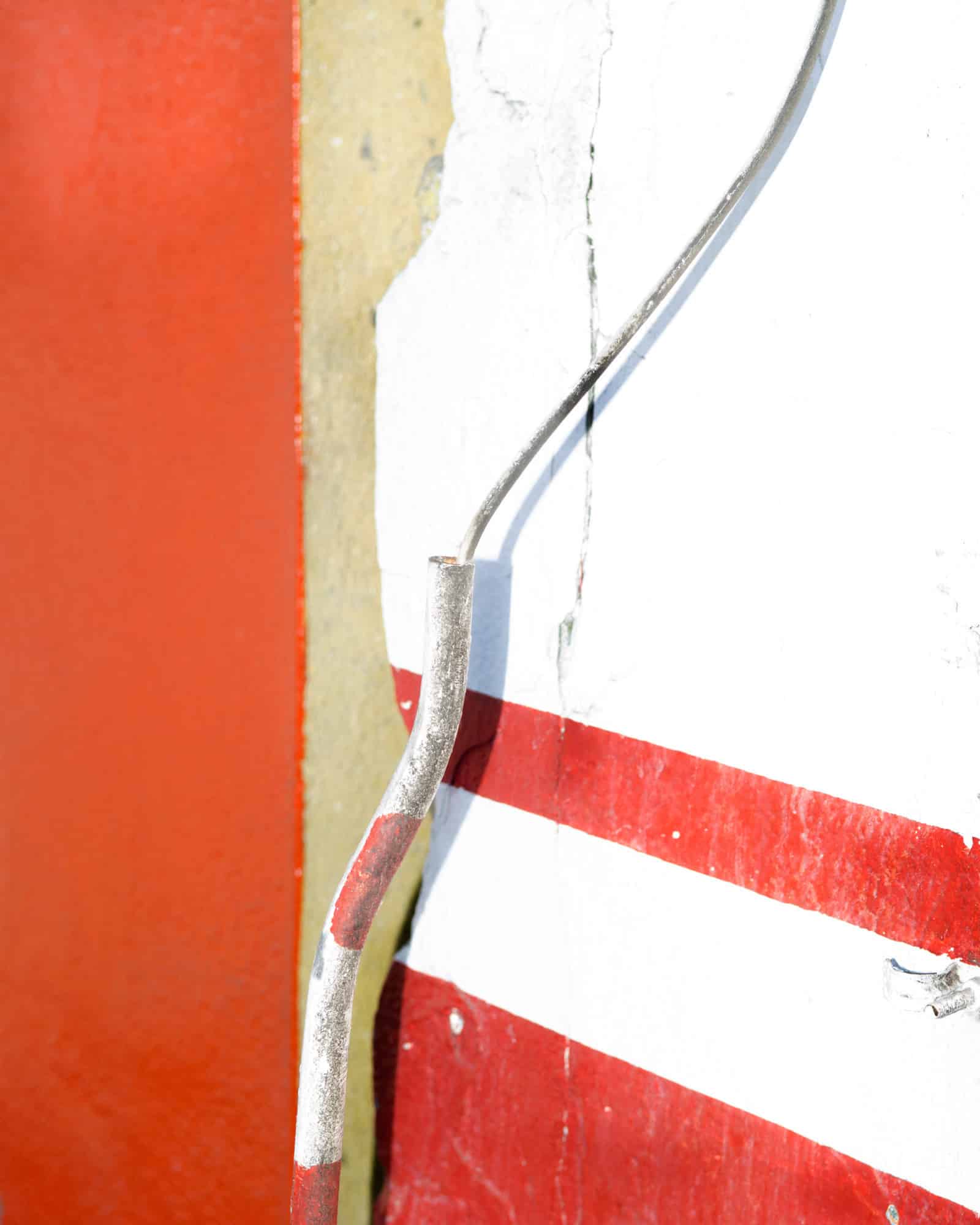

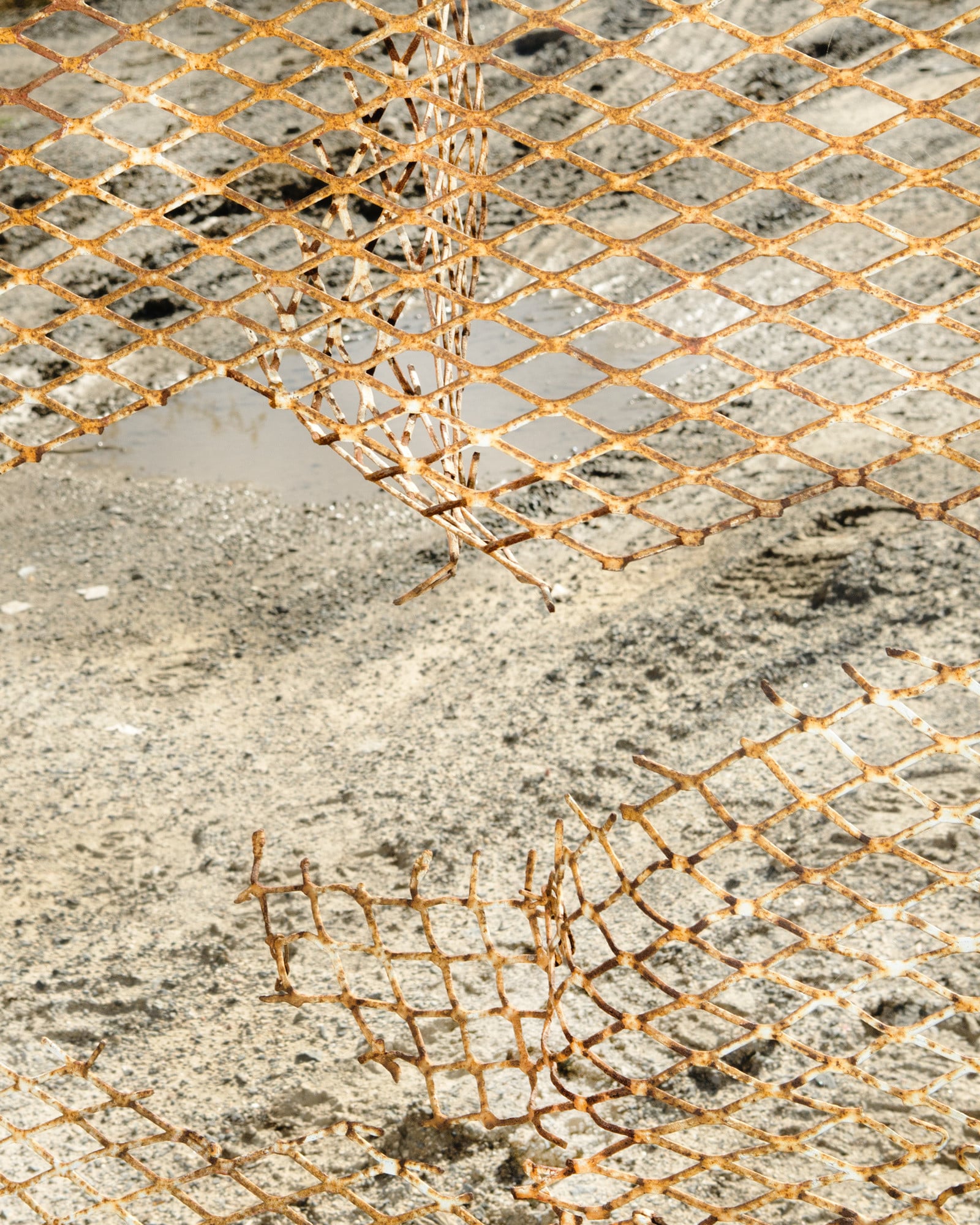
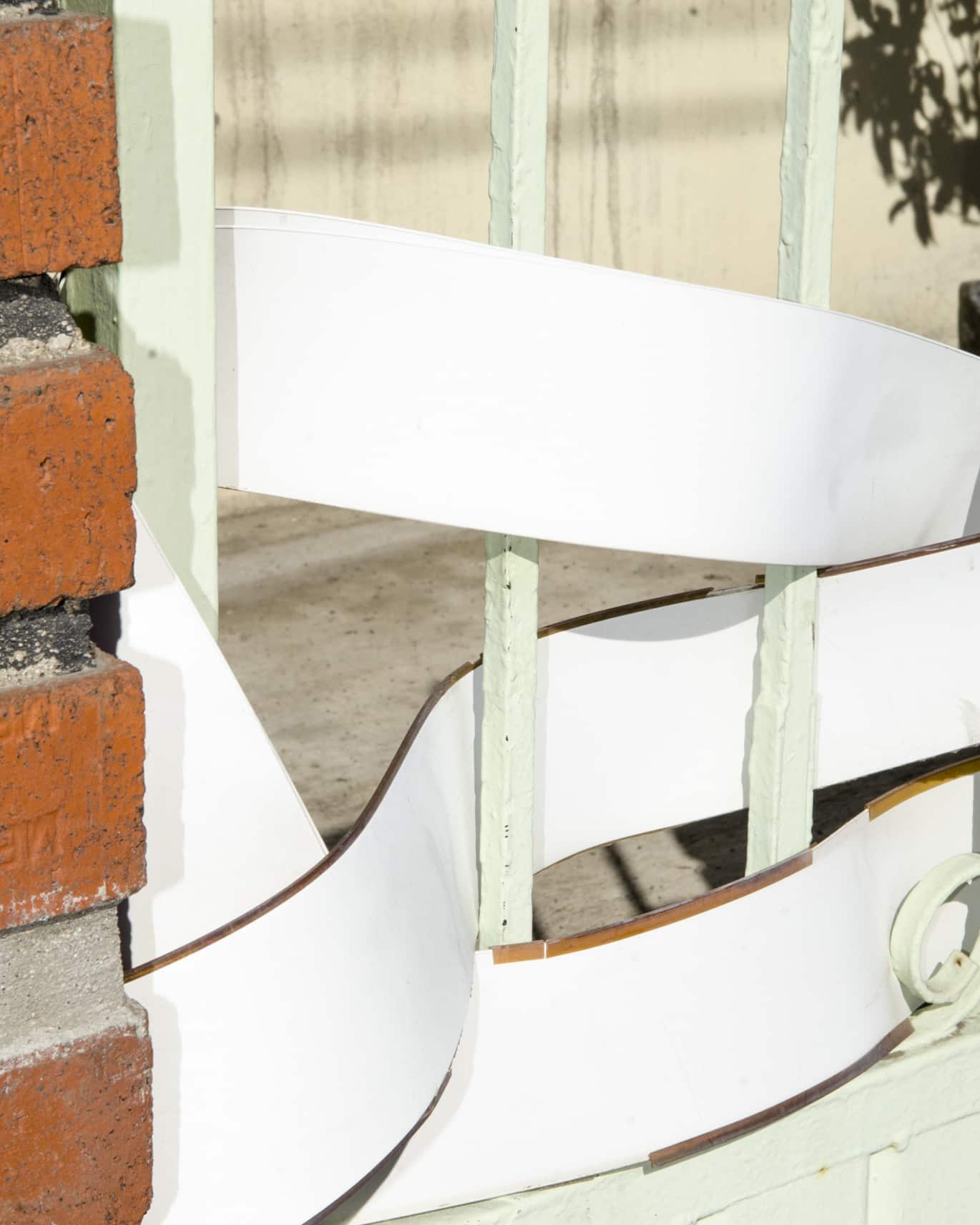
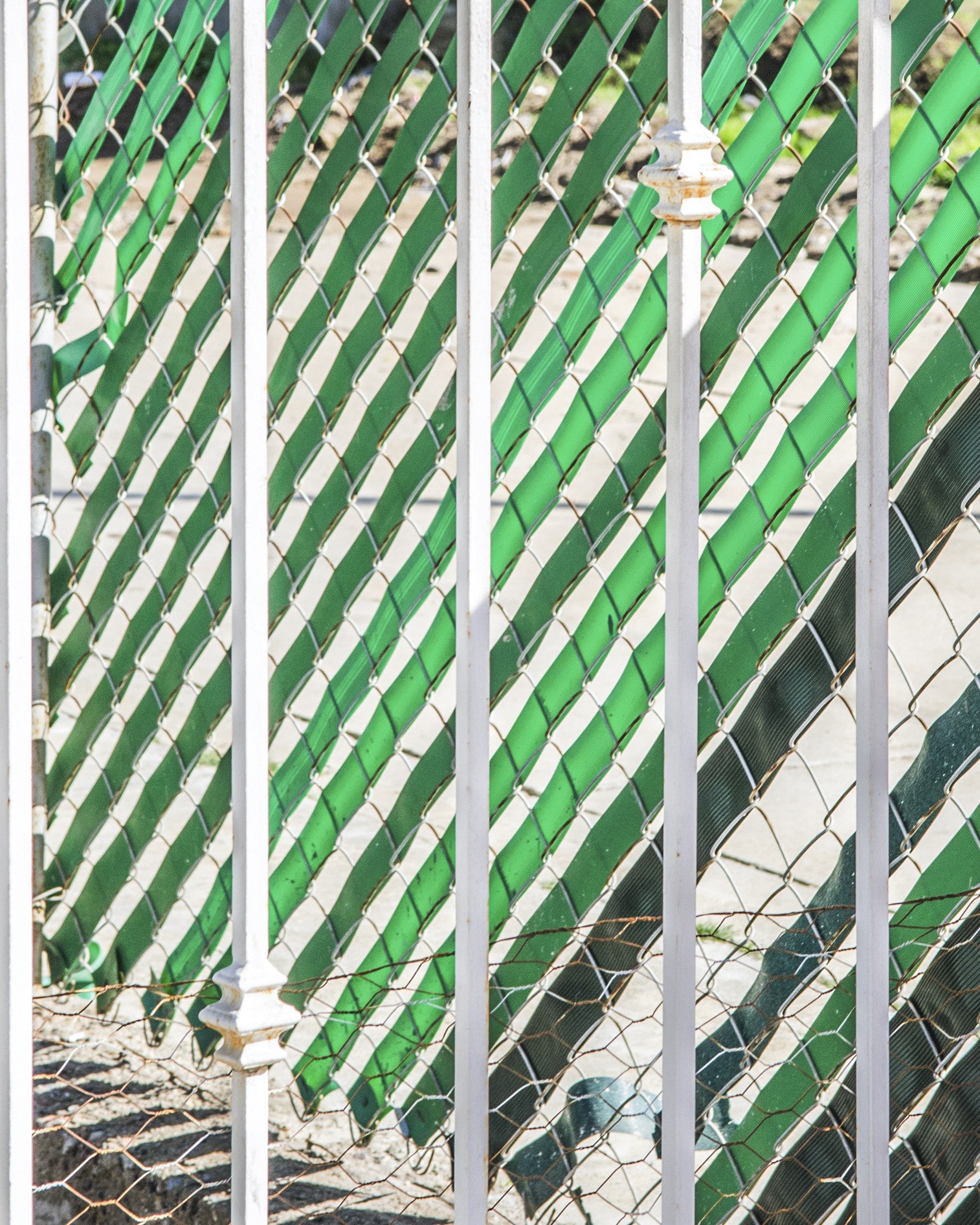
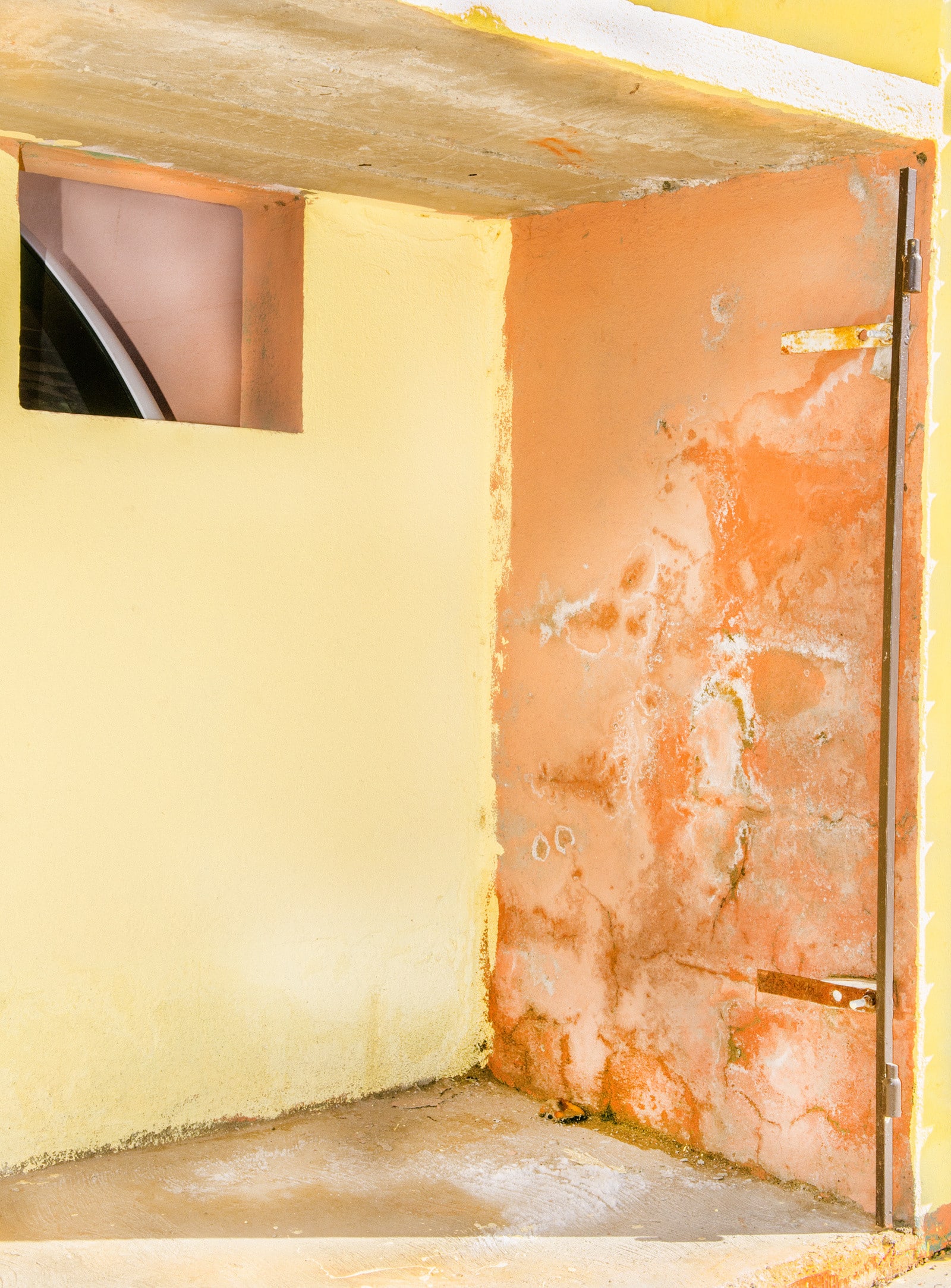
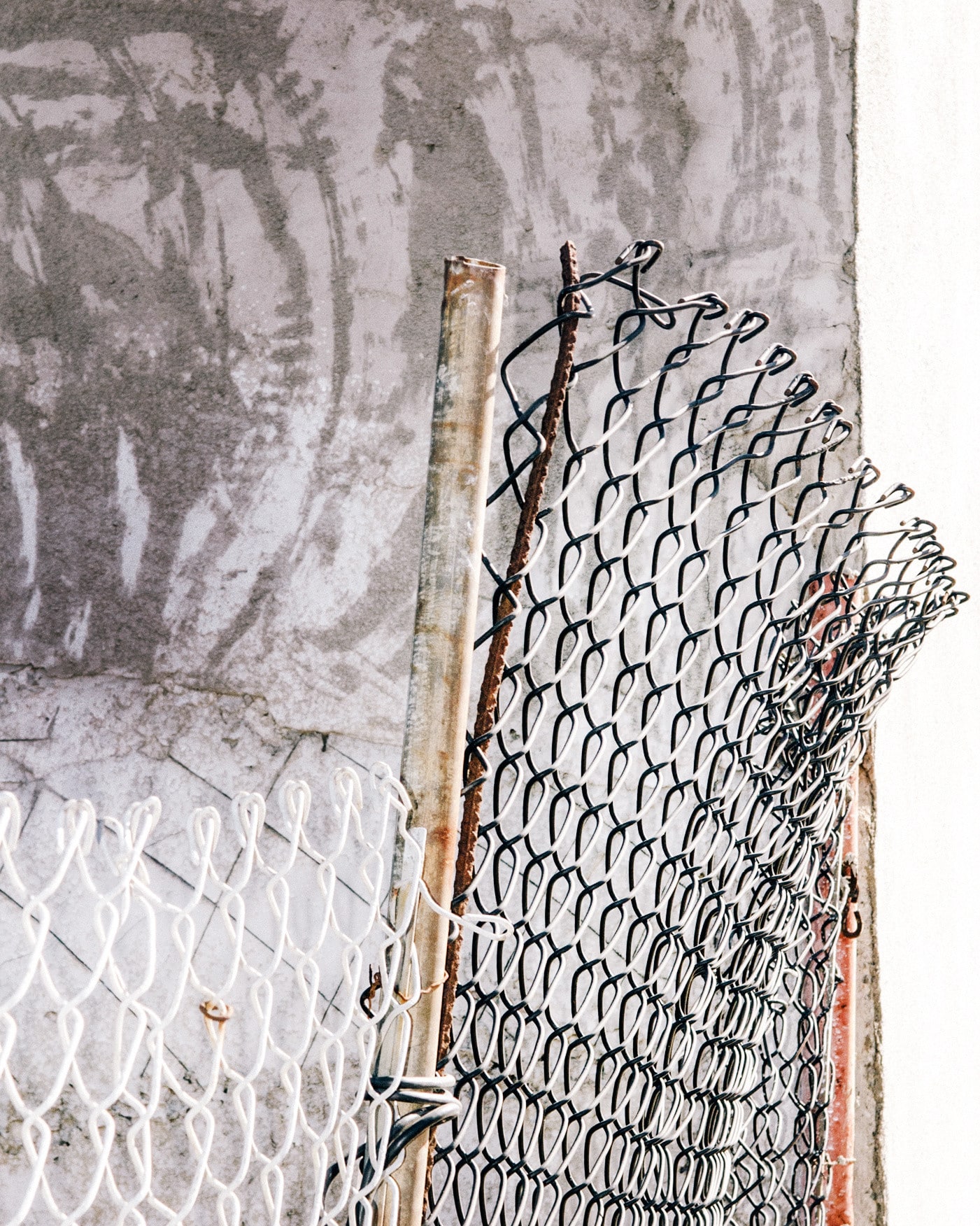
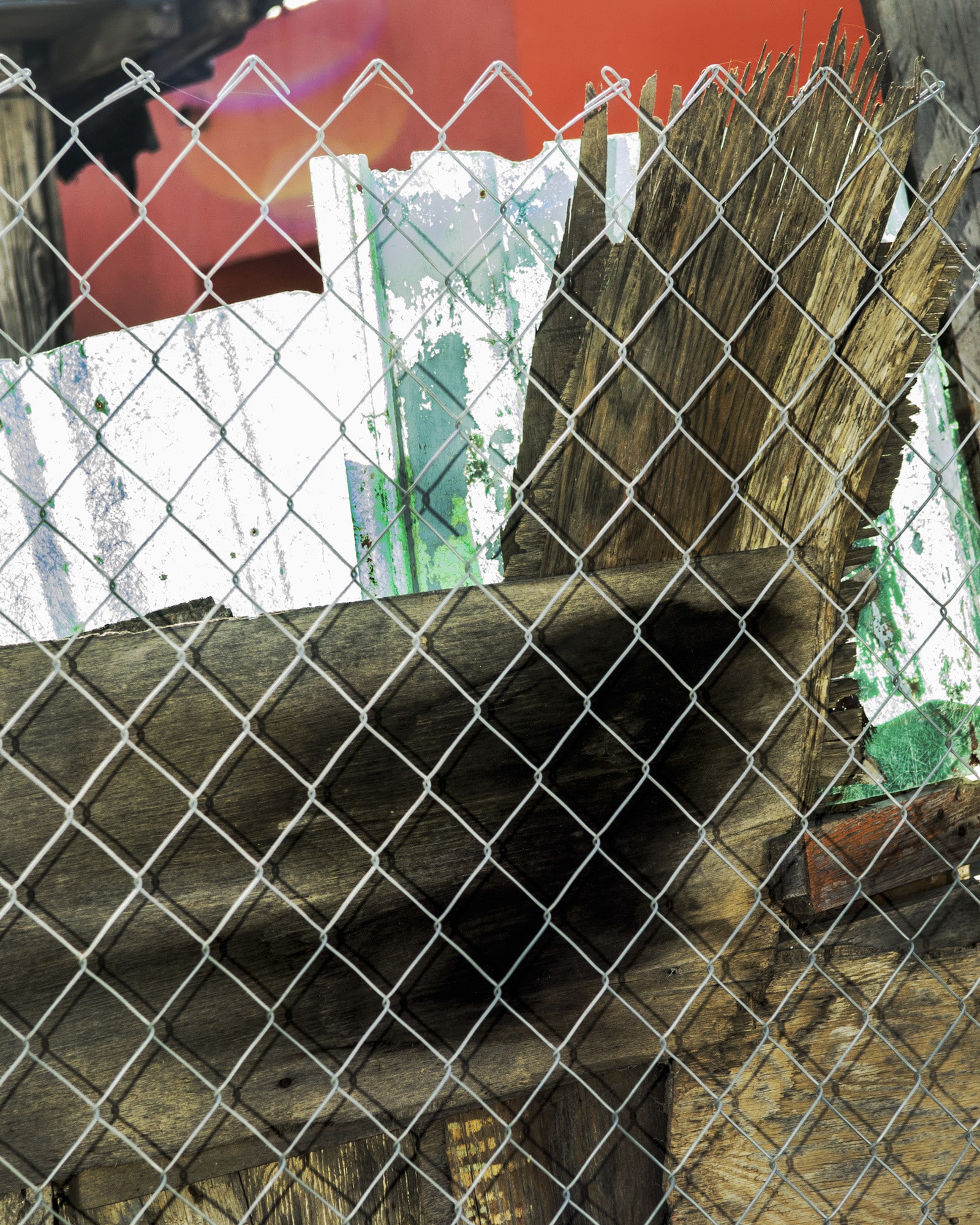
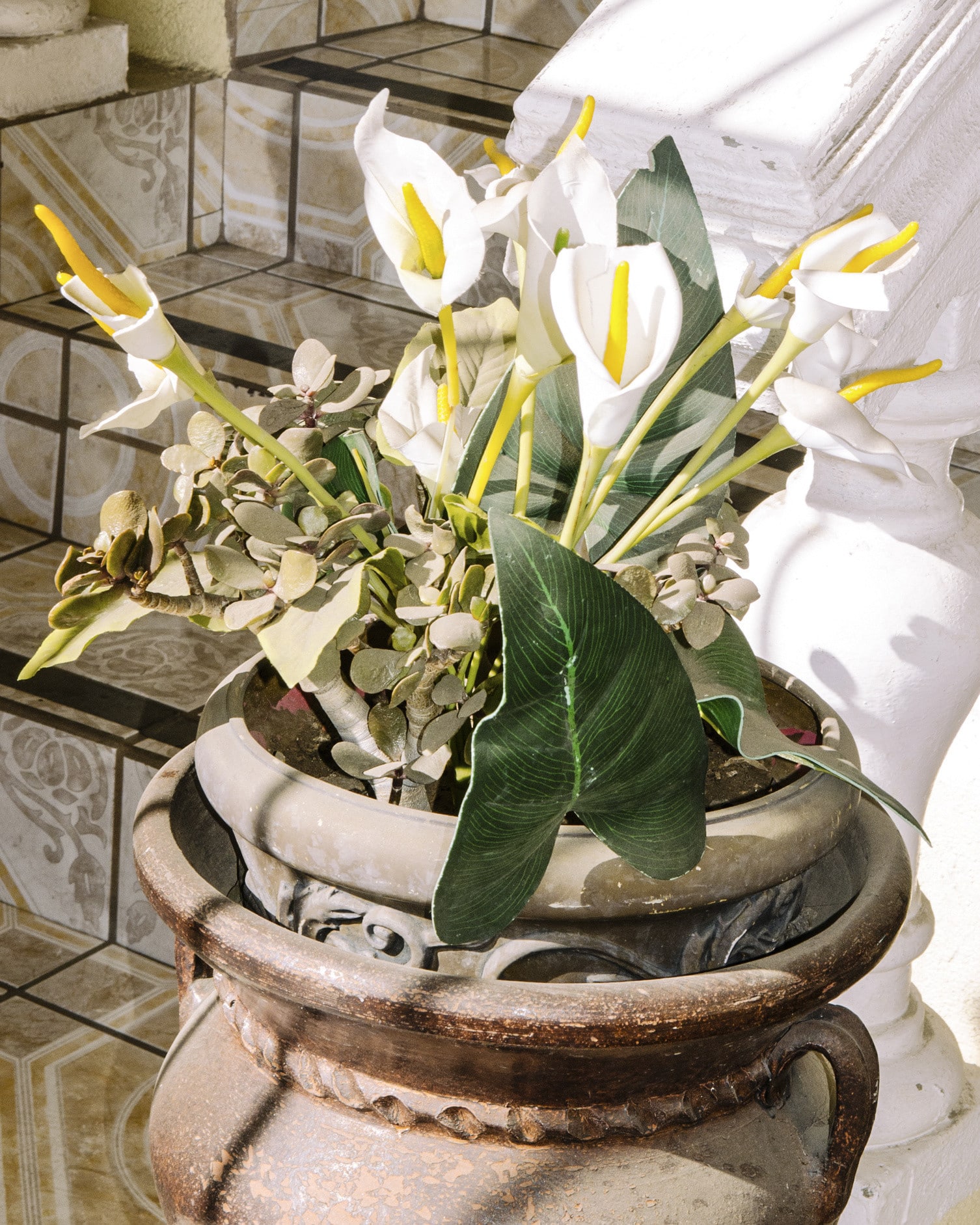
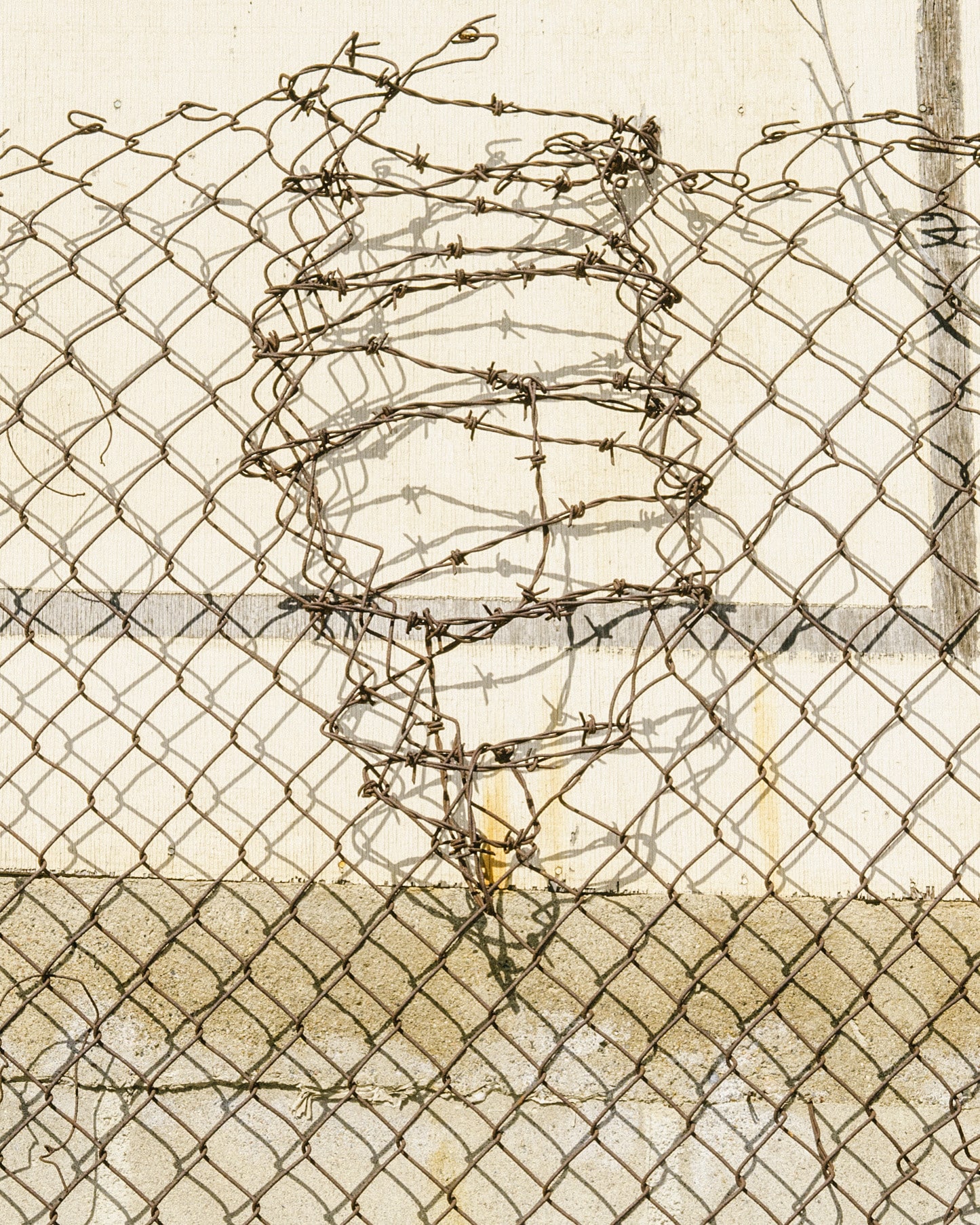
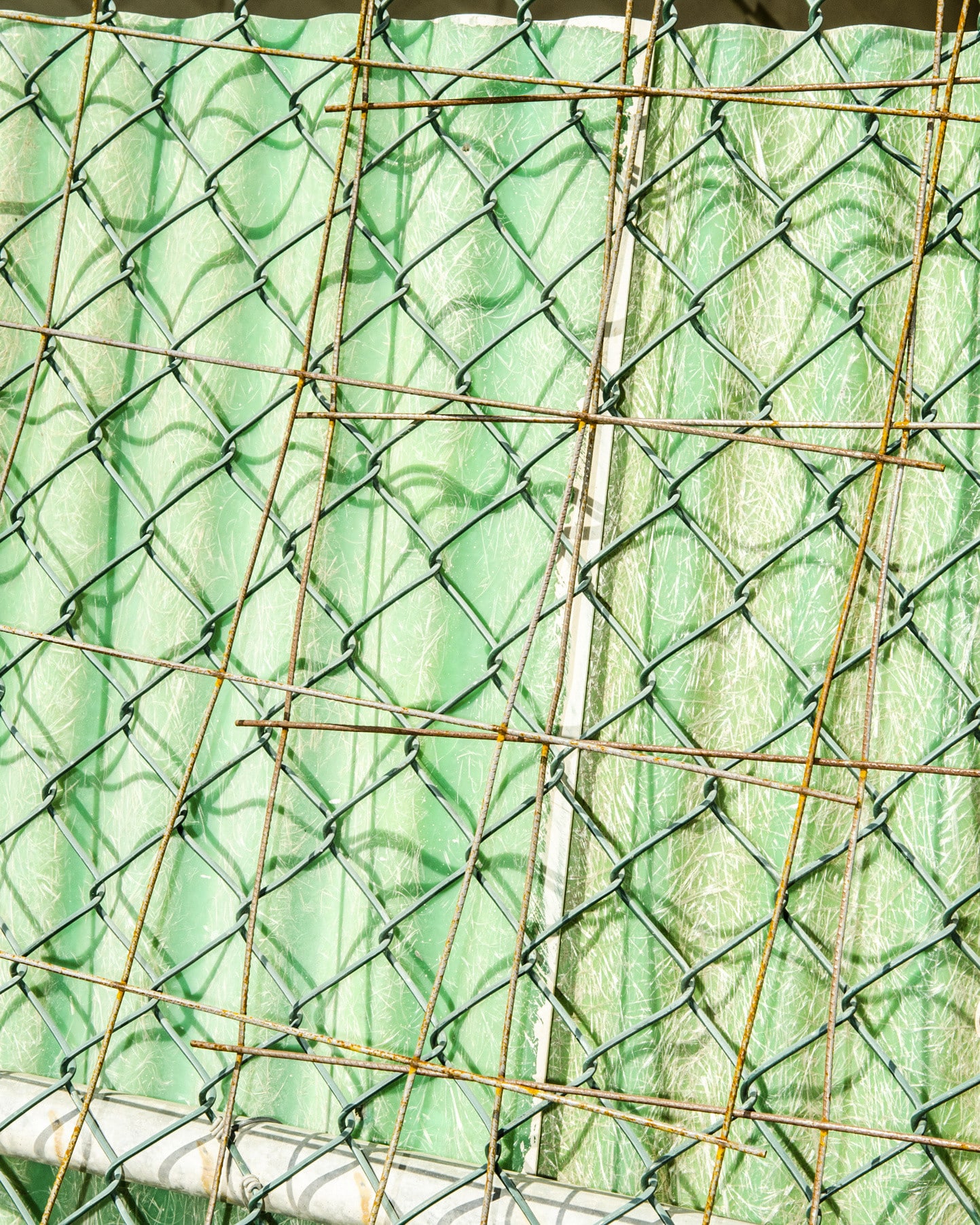
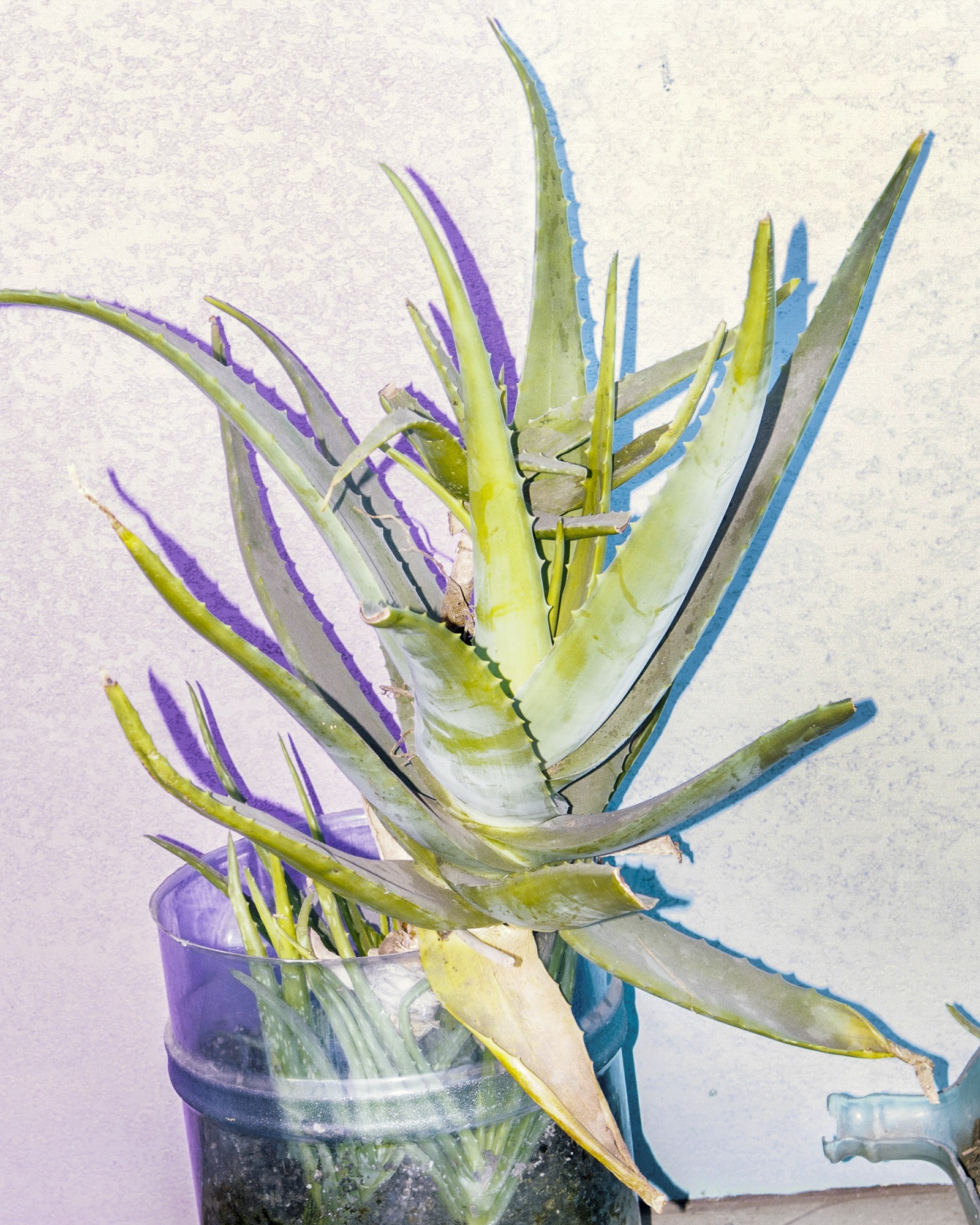
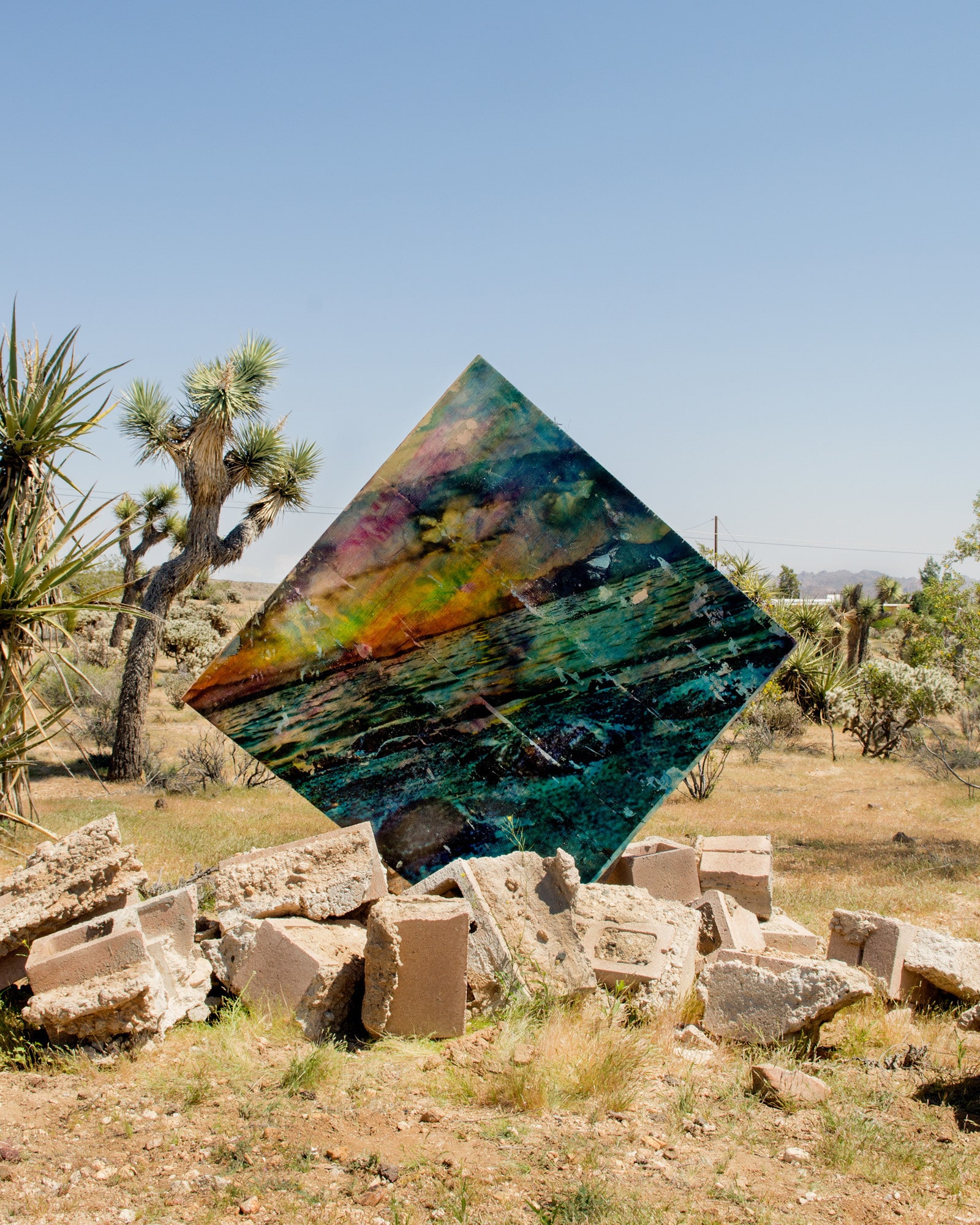
Plus de séries de photos :
Ce livre pourrait marquer la fin de la photographie telle que nous la connaissons
Les visions kaléidoscopiques des "Paracosmes" d'Annie Briard
Arbres et fleurs déformés de Roxana Azar
